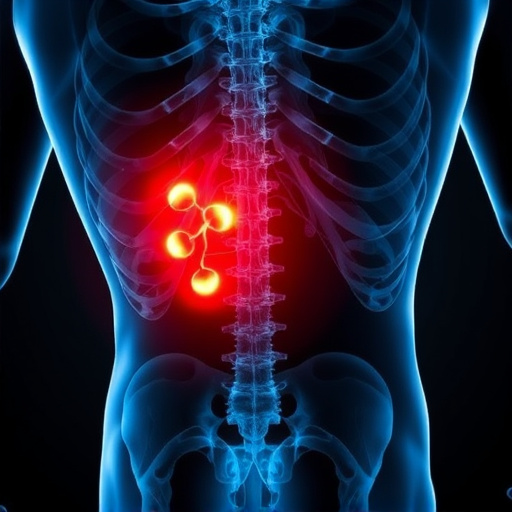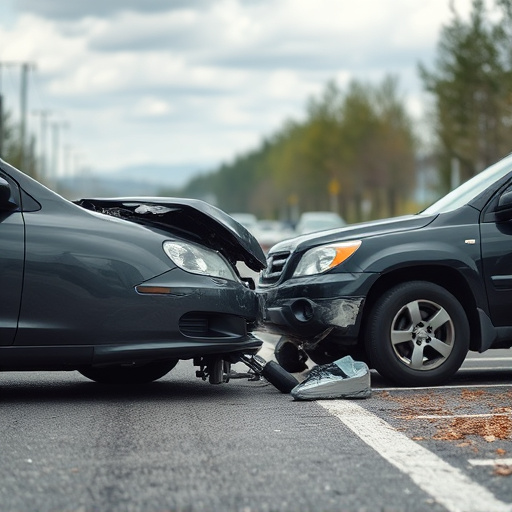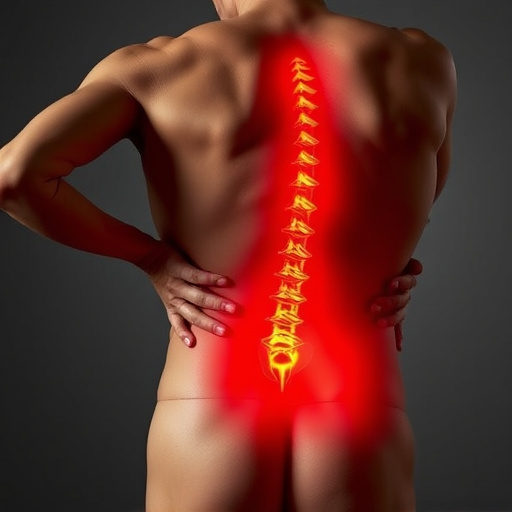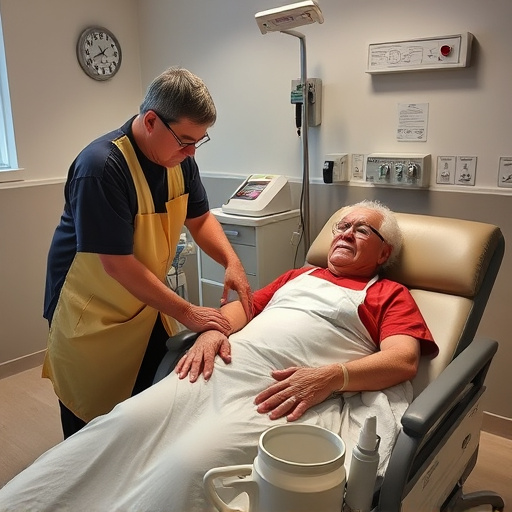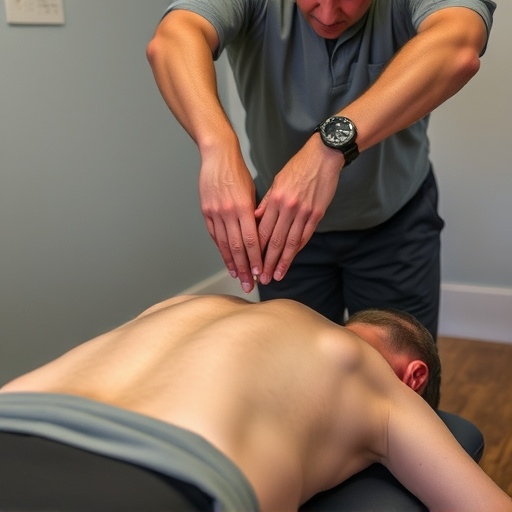Evaluating physical and emotional readiness is crucial before post-accident rehabilitation, focusing on injury assessment, healing time, and mental health support. Personalized treatment plans, developed with healthcare professionals, address specific needs like pain management, mobility, and strength using various modalities. Setting clear, achievable, yet challenging short-term goals, guided by rehab experts, ensures effective progress towards long-term recovery during post accident rehabilitation.
“Recovering from an accident is a journey, and starting a comprehensive post-accident rehabilitation program is a crucial step towards full recovery. This article guides you through the essential aspects of preparing for rehabilitation. Begin by evaluating your physical and emotional well-being, ensuring you’re ready to embark on this transformative path. We’ll explore creating tailored treatment plans, setting achievable short-term goals, and offer insights to navigate this critical phase effectively.”
- Evaluating Physical and Emotional Readiness
- Creating a Personalized Treatment Plan
- Setting Realistic Short-Term Goals
Evaluating Physical and Emotional Readiness

Evaluating Physical and Emotional Readiness is a crucial step in determining when to initiate your post-accident rehabilitation program. Before beginning any intensive care, individuals must be physically stable and emotionally prepared to cope with the challenges ahead. Physically, this involves assessing the extent of injuries sustained in the accident, such as whiplash or other spinal traumas, which may require specialized treatments like shockwave therapy for pain relief. The goal is to ensure that the body has had time to heal sufficiently to withstand the demands of rehabilitation exercises without causing further harm.
Emotionally, recovery from a traumatic event like an accident can be just as demanding. Many individuals experience a range of feelings, including fear, anger, and anxiety, which can impact their ability to participate actively in rehabilitation. Therefore, it’s essential to address these emotional needs before beginning formal rehab. Personal injury chiropractic care often includes not only adjusting the spine but also providing support for mental health, ensuring that both mind and body are ready to collaborate in the healing process.
Creating a Personalized Treatment Plan
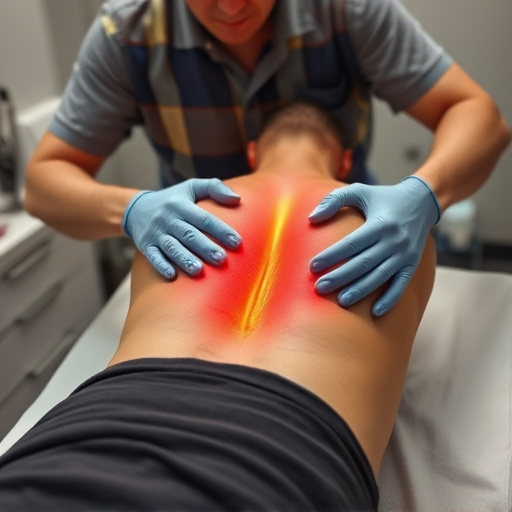
After a post-accident injury, creating a personalized treatment plan is a crucial step in your road to recovery. Each individual’s experience and needs are unique, so it’s essential to work closely with healthcare professionals who specialize in post accident rehabilitation. They will assess your condition, considering factors like the type and severity of injuries, pre-existing conditions, and your overall health. This detailed evaluation allows for the development of a tailored rehab program that addresses specific issues, whether managing pain, improving mobility, or restoring strength.
Personalized treatment plans can include various modalities such as physical therapy, occupational therapy, chiropractic care, or even targeted exercises and lifestyle modifications. For instance, sciatica treatment within this framework might involve specialized stretching and strengthening exercises, along with manual therapy techniques to alleviate pain and improve nerve function. The key is to start early, maintain consistency, and adapt the program as needed under professional guidance.
Setting Realistic Short-Term Goals

Setting realistic short-term goals is a crucial aspect of your post accident rehabilitation journey. It’s important to have clear milestones that are achievable yet challenging enough to push your recovery forward. These goals could include regaining strength in affected areas, improving mobility, or achieving specific levels of pain reduction. For instance, if back pain relief is a priority, set weekly targets like increasing the duration of pain-free periods or reducing medication dependency.
Rehab services offer invaluable support during this phase. Professionals will guide you in designing goals tailored to your unique needs and abilities. They provide expertise in various therapies, ensuring that your short-term objectives contribute to long-term recovery. By regularly reviewing and adjusting these goals, you can navigate the post accident rehabilitation process effectively, setting yourself up for success throughout your journey towards full recovery.
Starting a post-accident rehabilitation program is a crucial step towards regaining independence and returning to your pre-incident physical and mental state. By evaluating your readiness, creating a tailored treatment plan, and setting achievable short-term goals, you can effectively navigate this journey. Remember, each individual’s recovery path is unique; with dedication and the right support, you can make significant progress in your post accident rehabilitation.








